Good Communication Skills Lead to Successful: Poor Communication Skills Lead to Problems: If you have concerns about your school child’s communication skills and learning, it is likely we will be able to help your child. Phone or email Sarah at Speech Smart Therapy if you would like to discuss your child’s needs and to chat about how speech-language therapy can support your child and help them reach their maximum learning potential.
Give Your Child A Reason To Communicate with Bubbles!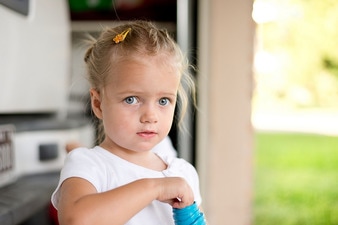 You can do this by creating a situation that tempts your child to communicate with you, using bubbles. First, get your child's attention - get face to face, say his/her name, show him/her the bubble jar and suggest you blow some bubbles together ("Let's blow bubbles"). Start blowing bubbles. Have fun blowing the bubbles. You can help your child pop the bubbles to gain their interest. Pop them with your fingers, between your hands or stomp on them with your feet once they land on the ground. Comment "pop" each time you pop a bubble. Next, give your child a 'reason to ask you for more bubbles'. Once your child is really getting into the bubble fun, put the lid back on the bubbles. Wait for your child to ask for more bubbles. Your child might ask for more bubbles by:
Thirdly, give your child a reason to make comments about the bubbles. If your child is starting to use words or starting to talk in short sentences, you can help him/her to make comments while playing with bubbles. You can do this by occasionally commenting about the bubbles yourself while you play, saying something like:
Examples of words and sentences that you can encourage:
Have fun with your bubbles! If you'd like more ideas on how you can maximise your child's development, sign up to my newsletter. Written By Sarah Creagh
Speech Pathologist Speech Smart Therapy Number 2 on my 'Play, Chat, Learn' list: Blow bubbles together.Why Bubbles Are The Best:They Give Your Child Lots of Reasons to Communicate And Create A Fun Activity For You To Share.Firstly, yes they’re great fun but they also give your child lots of reasons to communicate and learn. This is why they're NUMBER 2 on my 'Play, Chat, Learn' list. Bubbles are highly motivating, interactive and give children many reasons to communicate. I always use bubbles in my early language and social skill groups because they help communication happen. What your child might learn from sharing bubbles with you:
Subscribe to my Newsletter if you'd like to receive regular updates on how to support your child's development. What do I do if I have concerns about my child's communication?‘Act Early’ and talk to a specialist if you have concerns about your Child’s Communication or general development. Speech Pathologists specialise in supporting children who have difficulties in their communication development. If you're concerned about another area of your child's development talk to your child's GP or child health nurse. Having a look at a developmental checklist to help you determine if you're child is reaching their expected developmental milestones may also help you determine if you need to seek extra support to help your child in their development. I have listed several developmental checklists you can access via my 'information for parents' section on my website. Written By Sarah Creagh,
Speech Pathologist Speech Smart Therapy Ph: 0466911315
'Dear Zoo' is fantastic for engaging little ones with it's interactive flaps and repetitive text that allows children to begin to engage and 'read' the story themselves. Have fun making each animal noise together as your child opens each flap to teach early sound production. Great for teaching animal vocabulary too! 'The Very Hungry Caterpillar' has become a classic that all children love. Great for teaching early story sequencing skills, food vocabulary, counting skills and concepts. If you missed my recent blog on the benefits of reading to children daily you can see it below: http://www.speechsmart.com.au/blog/number-1-on-my-play-chat-learn-activity-list-read-together-daily
Number 1: Read Together Daily:Make a habit of reading together with your child everyday. Reading to your child is the one thing that has the biggest impact on your child learning to read later on. Start reading to your child from when they are a baby. When a child is read to everyday reading becomes a natural and enjoyable part of their life. Reading to your child has so many developmental and pre-literacy benefits e.g. encourages shared attention and listening skills, builds vocabulary and sentence understanding and use, teaches print awareness, helps them develop the ability to sequence ideas, teaches rhyme awareness through nursery rhymes and books with rhyming texts. If your child will only attend to a book for a short period you don't have to read the book word for word but just follow their lead, look at and talk about what they're interested in and get them to help you turn the pages. Interactive books with textures and flaps are great for engaging little ones. Once they start to attend for longer you can read more of the book to them. Read the same book many times. Children love to hear stories over again and they will pick up on different parts of the story and pictures through repeated readings. It's important to follow the child's interest, so if they point or talk about a picture, respond immediately by asking a question or offering a comment to prompt more talk. Literacy Milestones
Why is this important?Australian surveys suggest that somewhere between 10% and 20% of primary school children have persistent and significant problems in learning to read. A key underlying cause of literacy difficulties in these children is a deficit in phonological awareness. School age children with a language disorder often have associated difficulties in literacy due to poor phonological awareness skills. Also, school age children with a past history of speech and language impairment, even if they have had speech therapy for their difficulties as a pre-schooler, are at high risk of a learning disability. Hence, screening these children's phonological awareness skills early on and explicitly teaching them phonological awareness skills from preschool if difficulties are noted, is vital. Literacy is one of the most important foundations for success in school and life. In addition, research shows that in Australia: not all children arrive at school ready to take advantage of the learning opportunities provided. At school 1 in 5 children start school behind – poorly equipped to benefit from the social and learning opportunities (ABS, 2013 as cited in '2013 Lets Read Literature Review). Unfortunately, those who do not arrive at school with early literacy skills sometimes never catch up (Duncan et al., 2007; Chatterji, 2006; Roberts et al., 2005; Lonigan and Shanahan, 2010 as cited in '2013 Lets Read Literature Review'). The research indicates that the signs of vulnerability in literacy development are already evident from school entry. Hence, please read to your child everyday from when they are a baby even if it's just for 10-15 minutes before bed time. If you do have any concerns about your child's speech, language, phonological awareness or literacy skills please go and talk to a specialist teacher and seek support from a speech pathologist skilled in the assessment, identification and treatment of children with difficulties in these areas. Early intervention and support will make all the difference to your child's future wellbeing and enjoyment of school. Without the right support early on for children who experience early difficulties learning to read, they are unlikely to catch up to their peers and the longer it is left the more likely that the gap in ability will widen as schooling progresses. A poor foundation in literacy development in the early years increases vulnerability in literacy development and acquisition and decreases formal educational achievement (2013 Lets Read Literature Review). This has implications for general wellbeing because it is a predictor of a life characterised by a lack of formal education, limited employment opportunities, lower income and reduced access to healthcare. For more great information on this topic go to the 'Lets Read' website. Sarah's 'Play, Chat, Learn' Activity List For Parents:1. Read together daily. 2. Bubbles 3. Playdough 4. Teddy bears or dolls picnic. 5. Dolls house and little people play with toy furniture. 6. Toy train and vehicles play. 7. Favourite toys hide n' seek. 8. Bath time play 9. Puzzles 10. Craft: paint, cut, paste, build and/or colour in activities. Written By Sarah Creagh, Speech Pathologist.
Phonological Awareness Skills are the Single Best Predictor of a Child's Future Reading Ability!1/29/2017 Did you know phonological awareness skills of preschool children is the single best predictor of their future reading ability? It's a better predictor than socio-economic status or even their intelligence!
Phonological awareness "refers to the focus on the sounds of spoken language" that is, for a child to come to the realisation that a continuous stream of speech can be separated by individual words, that those words can also be broken up into one or more 'beats' or syllables, and that syllables are made up of a sequence of separate, single sounds (D. Konza, 2014). The most important of these phonological components for reading development is the awareness of the individual sounds or phonemes, that is phonemic awareness. "Once children understand that words can be broken up into a series of sounds, they need to learn the relationship between those sounds and the letters used to ‘map’ them onto paper: the alphabetic code. An understanding of the relationship between sounds and the letters that represent them (graphemes) is at the heart of reading an alphabetic language, thus the decoding step is non-negotiable if children are to become independent readers (Hulme et al, 2012 as cited in D. Konza, 2014)". Some children find it very difficult to "pull apart" words to perceive them as a series of separate phonemes (i.e. sounds) because the continuous nature of speech compresses them into a series of overlapping sounds through a process called co-articulation, disguising the segmental nature of speech. Children who find it difficult to hear the separate sounds in words cannot make the link between the sounds of speech and print symbols, making learning to read and spell our alphabetic language an enormous challenge. These children will need extra help to learn this skill! Children also need good oral language skills as this provides the platform for the development of phonological skills (D. Konza, 2014). Speech Pathologists assess children's phonological awareness skills, their letter-sound knowledge (coding skills) and their language skills. When difficulties are observed in one or more of these areas the speech pathologist works with parents and teacher's to strengthen a child's skills in these areas to maximise the child's potential for success at school in reading, spelling and across the curriculum. If your child is starting school or progressing into grade 1 or 2 and has poor phonological awareness skills (e.g. finds it difficult to clap out how many syllables are in words 2 syllables or longer, finds it hard to identify the sound a word starts with such as 'cat' starts with the 'k' sound, bike starts with the 'b' sound) and/or has a weakness in their oral language skills (e.g. uses non-specific words such as 'that thing' or 'that one' or 'it' frequently, struggles with following directions or understanding language, and/or find it difficult to put words together to form grammatical sentences and to express themselves clearly) a speech pathology assessment and talking to their teacher about what can be done to support them further is strongly recommended. In her very well written article, 'Teaching Reading: Why the “Fab Five” should be the “Big Six”' Deslea Konza, 2014, proposes that the current curriculum needs to change to include 'six' components critical to the development of reading rather than the current 5 with the addition of 'oral language' making it the "Big Six" and I'm in total agreement: • phonemic awareness • phonics • fluency • vocabulary • comprehension + • oral language It just makes sense! This article is really worth reading for any speech pathologist supporting children with literacy problems and for teachers and parents who's children have language and literacy difficulties. Teaching Reading: Why the “Fab Five” should be the “Big Six” Deslea Konza, Edith Cowan University. Have Fun With Playdough over the Easter Break.Playdough is one of my favourite activities to use with young kids. It's a great activity to get communication happening. Having a good set of cookie or playdough cutters is essential. It provides opportunity for targeting lots of early vocabulary (e.g. house, butterfly, plane), early categorisation skills (e.g. put all the 'animals' over here and all the 'transportation' over here), and lots of action words (e.g. cutting, rolling, pushing) which are essential for children to know so they can learn how to combine words to start to make sentences. You can use playdough to model lots of early concept words too (e.g. big/little, long/short - e.g. I've made a big ball. Is your ball big or little?, My snake is long but your snake is short.). You can make lots of different shapes and objects out of playdough - make a persons body to work on teaching body parts, make different animals such as a snake and talk about the sounds they make (e.g. Snake says 'SSSssssss'). Playdough is also great for sensory development and working on early social skills such as turn taking, joint attention, making a choice, and sharing. A great activity for keeping kids amused during a playdate! Kids also love to get involved when making the playdough and seeing the colours mix through as it's kneaded. I like to make my own playdough so I have peace of mind there are no hidden nasties in it if a child decides it's worth tasting. Lets face it, most children at some stage will give it a tasted test. Here's my friend Joan's playdough recipe that I use: 3 Cups plain flour 1 Cup salt 3 Tablespoons of cream of tartar 4 Tablespoons Oil Mix together, add food colouring and 3 cups of boiling water, mix like mad. When combined turn out onto bench and knead. Keep in fridge in a sealed plastic bag or container. Please send me any photos of your fabulous playdough creations over the Easter Holidays that you're happy for me to share as I'd love to add them to my post. Sarah Creagh |
| Children are growing up in an environment saturated by technology both traditional and new and are using it at an increasing rate. It's exciting to think about the potential use of these devices and new technologies in educating our children but there's an increasing concern that their overuse during crucial periods of brain development could have long lasting detrimental impact. As a mother of 3 boys I know it can be challenging to get the balance right between allowing some television watching and computer game playing as well as ensuring they have plenty of outside activety time and play time. I've found it helpful from an early age to establish clear rules as a family around television and technology use. As a family we've needed to regularly discuss and adjust these rules as the boys have got older. I know this topic can be controversial and lots of people have strong opinions on what's okay and what's not. Some families I've talked to have very strict rules around television and social media use and others have few or no rules at all and the television is allowed to be on most of the time. What I do know is it is really important for the development of young children's minds that we get this balance right. To do so we need to know what the health guidelines are for young children regarding television, technology and social media use. Getting the balance right and having clear household guidelines while children are young sets a foundation for getting the balance right as they get older. I feel it's important as a parent and a health professional to stay up to date with what the research tells us and to share this knowledge. It's important to be aware that population-based studies continue to show a connection between excessive television watching in early childhood and cognitive, language, and social/emotional delays, likely secondary to reduced parent-child interaction when the television is on and poorer family functioning with high media use. Research also tells us that the content of what we let our kids watch is also crucial: switching from violent content (e.g. violent cartoons on some of the kids channels) to educational/prosocial content (e.g. Playschool, Seasame Street, Mr Maker) results in significant improvement in behaviour. | Research tells us that we as parents need to be mindful of our own social media use as heavy parent use of mobile devices is associated with reduced verbal and nonverbal interactions between parents and children and may be associated with more parent-child conflict. Since reading the article I've certainly been a lot more mindful of the behaviour I'm modelling to my children when I reach to check my iphone when we are out and about. We need to be mindful that children copy our behaviours and heavy media use by a parent is a strong predictor that the child will also have excessive screen time habits. Hence, we as parents reducing our own media use and focusing on enhancing our parent-child interactions may be a very important area of behaviour change to focus on. A lot more research in this area is needed but there is enough information to be able to provide families with specific guidance in managing their young children's media use. Hence, I've summarised guidelines from an article published in November 2016 in Pediatrics, the official journal of the American Academy of Pediatrics, providing clear guidelines for parents on what's okay and what's not for children from 0-5 years of age. As pointed out in the article, this period is a time of crucial brain development where secure attachment and relationships are established and the foundations for health behaviours are determined. |
Recommended Guidelines for Parents of Young Children:
1) Establish a Family Media Use Plan (www.healthychildren.org/MediaUsePlan) as early as possible.
2) Avoid digital media use (except video-chatting with a parent/carers support) in children younger than 18 to 24 months.
3) For children 18 to 24 months of age (if you want to introduce digital media) choose high-quality programming (e.g. Play School, Seasame Street, Mr Maker) and watch it together with your child, because this is how toddlers learn best. Letting children sit and watch television and play on apps on their own at this age should be avoided.
4) Do not feel pressured to introduce technology early. Children will intuitively work them out quickly once they start using them at home or in school.
5) For children 2-5 years of age, limit screen use to 1 hour per day of high quality programming. Watch the program together with your child to help them understand what they are seeing, and help them apply what they learn to the world around them. Coviewing promotes enhanced learning and greater interaction.
6) Monitor children's media content and what apps are being used or downloaded. Test apps before a child uses them or play them with the child and ask them what they think about the app. Avoid fast-paced programs (young children do not understand them as well) and apps with lots of distracting or any violent content.
7) Turn off televisions, ipads and other devices when not in use.
8) Avoid using media as the only way to calm or settle your child. Although there are occasional times (e.g. medical procedures, airplane flights) when media is useful as a settling and soothing strategy, there is concern that using media as a strategy to calm children could lead to problems with limit setting, or the "inability of children to develop their own emotion regulation". A Paediatrician or Paediatric Occupational Therapist may be able to provide further help in this area if needed.
9) No screen 1 hour before bedtime. Children who have screen time right up until bedtime have poorer sleep. Remove devices from bedrooms before bed.
10) Keep bedrooms, mealtimes and parent-child playtimes screen free for children and parents. Parents can choose a "do not disturb" option on their phones during these times.
Written by Sarah Creagh using content from the following publication:
Media and Young Minds, Council On Communication and Media Pediatrics 2016;138 (5)
Speech and Language Development in 6-12 month olds This is such an exciting age where your baby learns and develops so much. Here are some of the exciting things your baby will learn to do: * Turns and looks in the direction of sounds * Listens when spoken to *Responds to simple spoken requests e.g. "come here", "up", "ta" * Copies gestures (e.g. clapping hands) * Uses simple gestures such as shaking head for "no" or waving "bye-bye" * Laughs in response to something *Enjoys playing simple social games such as peek-a-boo and pat-a-cake *Understands first words such as familiar peoples names (e.g. "Nana") or common items such as “cup,” or “milk” *Babbles using long and short groups of sounds he/she repeats (“dada, mama, bibibi”) and will start to vary sounds (e.g.babadaga) once skilled at repeating them. *Babbles to get and keep attention * Imitates different speech sounds he/she hears (e.g. ah oh, brrrm) * Has one or two words (“hi,” “dog,” “Dada,” or “Mama”) by first birthday | Babbling and attempting to copy sounds and first words is a critical stage of speech and language development and sets the foundation for future speech and language development. If your baby doesn't seem to play with making sounds or hasn't gone through the babbling stage by 12 months of age, a speech pathology assessment is recommended. |
Top 10 To Do List To Help Babies Learn to Talk:
Number 1
Babies learn about talking and listening through play, so it's important to set aside time to play with your baby each day.
Number 2
Imitate your babies sounds. Watch your baby and copy their actions and sounds. Do this immediately after your baby has made a sound. Make this into a fun game you play everyday. Reward your baby if he/she imitates the sound back by showing them you're excited they copied you (e.g. smile, cuddle, comment "clever talking").
Number 3
Take turns making sounds and playing. Pause to listen and speak just like you would in an adult conversation. Copy their actions and sounds and then wait for them to try to copy you or make a different noise or action.
Number 4
Talk to your baby often, get face to face with them speaking slowly, clearly and simply. Babies love to watch their parents faces and this is great for encouraging sound play, language development and early social interaction skills.
Number 5
Lots and lots of sound play. Play games and activities that encourages lots of sounds. Watch and listen to your baby to see what activities he/she likes to make sounds during. What sounds does he/she like to make? Are there certain times of the day he/she likes to make sounds (e.g. bathtime, mealtimes, waking up time)? Use these times to join in making sounds and modelling how to make different sounds.
Number 6
Use exciting toys, books and games to encourage making sounds. Toys that have a 'surprise' or books that are colourful with tags, flaps and crinkley fabric they can play with are most likely to make your child vocalise (e.g. Jack in the Box, Pop Up Farm Toy). You can choose key words to model repeatedly that your baby will enjoy listening to, learning and might try to copy (e.g. open, pop, peek-a-boo Jack).
Number 7
Mirror time is great! Babies often love making sounds in front of a mirror with mum or dad. Sit in front of a mirror together and make silly faces and noises together.
Number 8
Sing songs and nursery rhymes together everyday. Singing the same words over and over again will help your baby learn language and rhythm. Try singing to your baby in babble sounds and nonsense sounds (e.g. la la la, da da da, na na na, MMmmm) and see what he/she does. Encourage your baby to join in by smiling, clapping or praising any of his/her attempts.
Number 9
Introduce new sounds once your baby is able to take turns producing a single sound (e.g. baba). You can encourage your baby to copy a new sound (e.g. mama). You might focus on a sound your think they might be starting to try to make (e.g. Mmm) or introduce a sound they aren't making yet (e.g. gaga)
Number 10
'Use lots of sounds during play. These don't have to be real words, they can be made up sounds or easy words like an animal noise. 'Play sounds' catch a baby's attention, are easier to understand and are often easier to imitate than real words. Examples you could try are:
wee - when pushing on a swing.
pop - when popping bubbles
moo, baa, neigh, woof - animal noises when playing with toy animals
Brrrmm brrmm - when pushing a toy car to each other
ha ha ha - when patting panting dog
Grrr - when pretending to be a lion
Mmmm - when eating something nice
raspberry blowing - when pretending to be a horse or playing with toy horse
wee - when lifting up high
eeow - when flying toy plane or pretending to be a plane
oh oh - when drop something
toot toot - when playing with toy truck or watching real truck go past
wee - when pushing on a swing.
pop - when popping bubbles
moo, baa, neigh, woof - animal noises when playing with toy animals
Brrrmm brrmm - when pushing a toy car to each other
ha ha ha - when patting panting dog
Grrr - when pretending to be a lion
Mmmm - when eating something nice
raspberry blowing - when pretending to be a horse or playing with toy horse
wee - when lifting up high
eeow - when flying toy plane or pretending to be a plane
oh oh - when drop something
toot toot - when playing with toy truck or watching real truck go past
Written By Sarah Creagh, Speech Pathologist.
References Used:
Speech and Language Developmental Milestones - NIDCD
www.nidcd.nih.gov
Child Development Milestones - 6 months - Queensland Government
www.health.qld.gov.au
'Early Communication Skills' Handout, Speech Pathology Department, Priness Margaret Hospital
Helping Your Baby To Talk, Speech Pathology Australia
www.speechpathologyaustralia.org.au
www.nidcd.nih.gov
Child Development Milestones - 6 months - Queensland Government
www.health.qld.gov.au
'Early Communication Skills' Handout, Speech Pathology Department, Priness Margaret Hospital
Helping Your Baby To Talk, Speech Pathology Australia
www.speechpathologyaustralia.org.au
Author - Sarah Creagh
I'm a speech pathologist with a passion for working in partnership with parents to support children to reach their maximum potential.
Archives
September 2018
December 2017
October 2017
September 2017
August 2017
July 2017
June 2017
April 2017
March 2017
February 2017
January 2017
December 2016
November 2016
Categories
All
Communication
Early Childhood
Emergent Literacy
Learn List
Literacy Skills
School Age Assessment
School Age Children
Toddler Talk

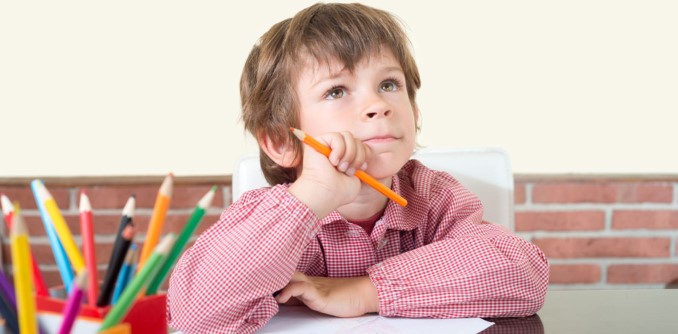

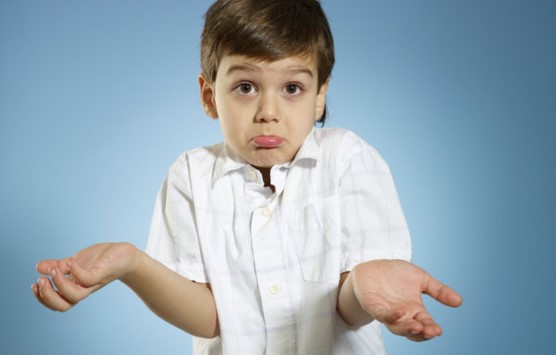
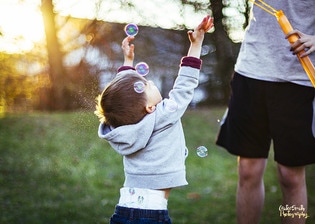
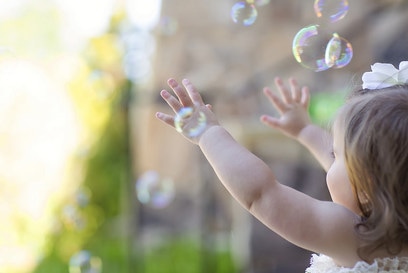
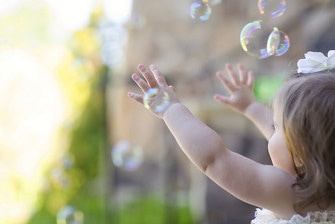
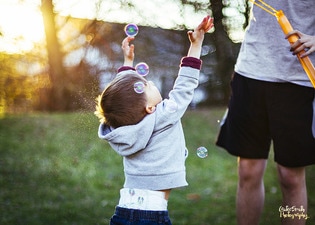
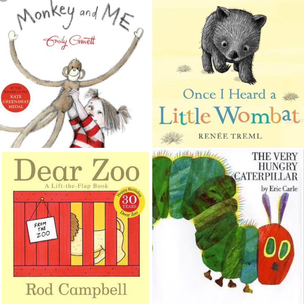
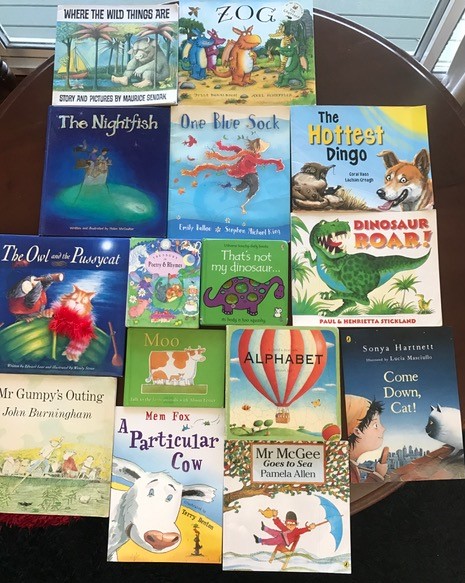
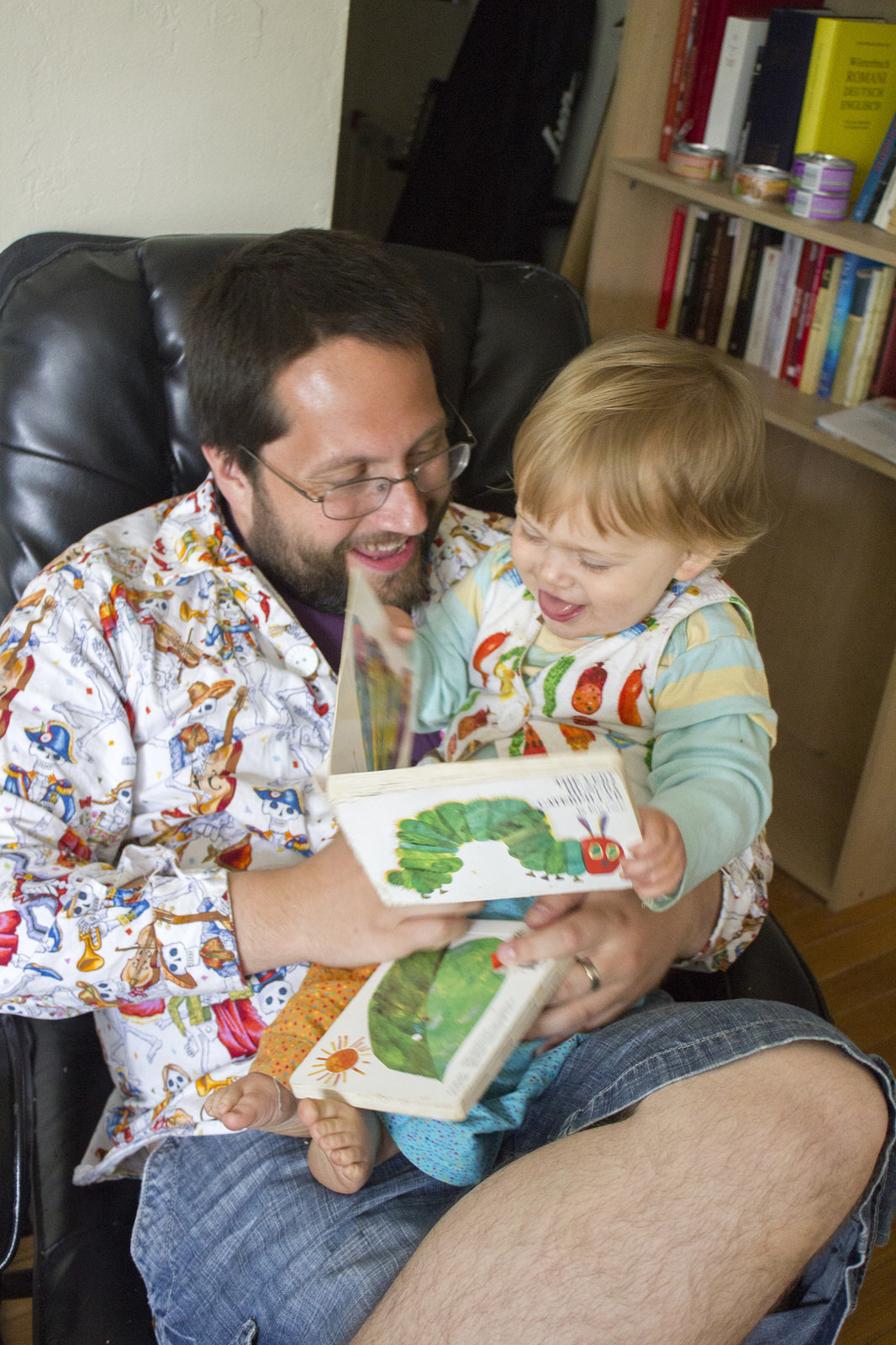
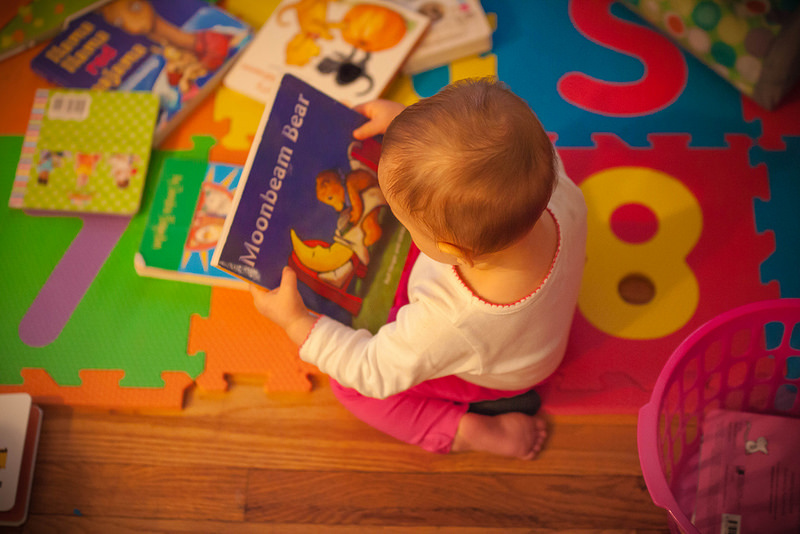
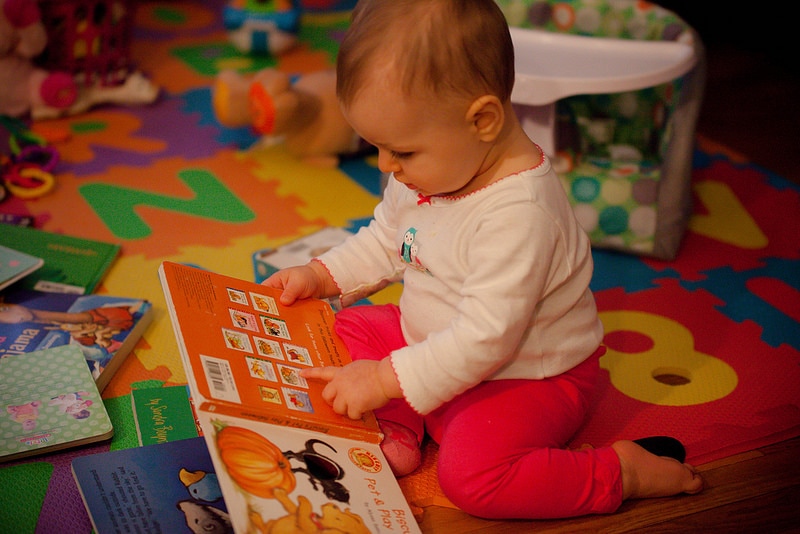
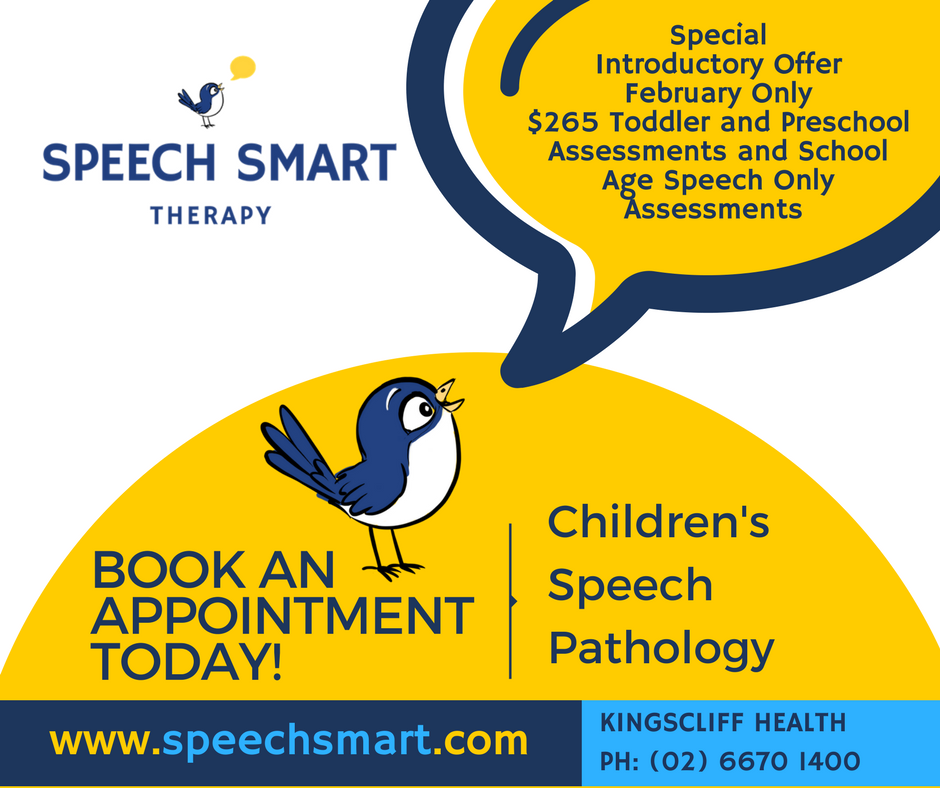
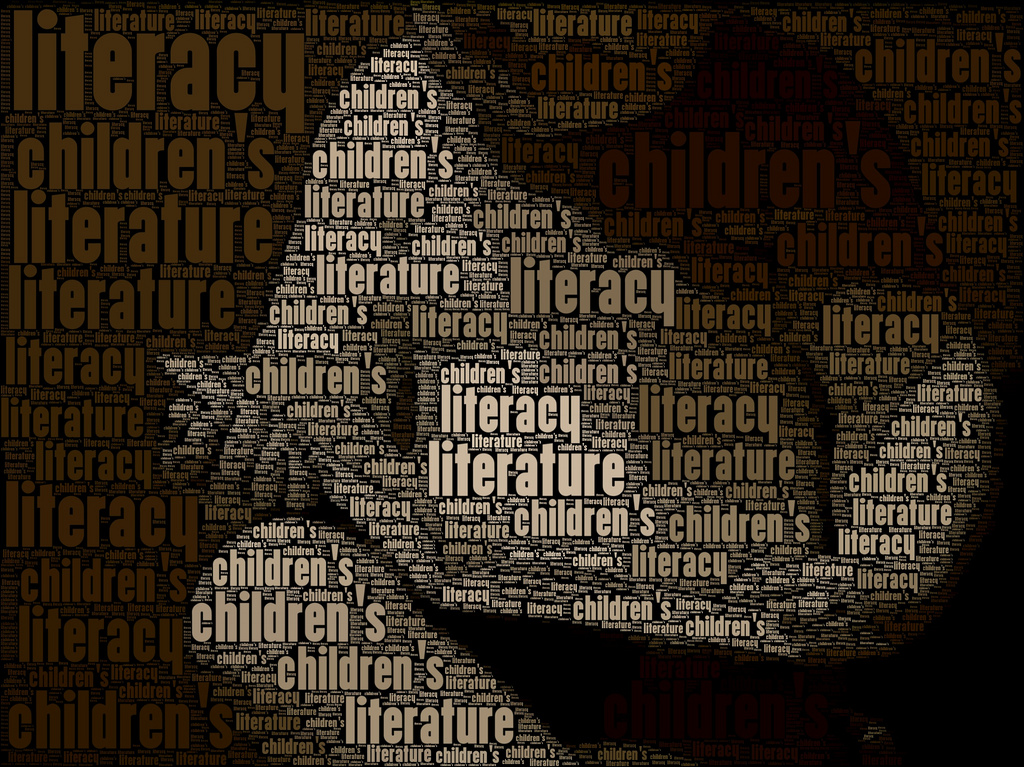
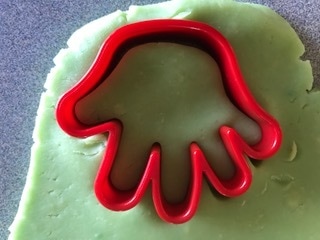
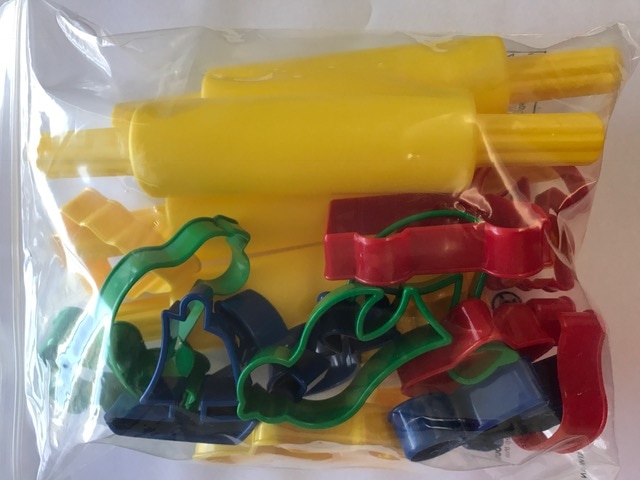
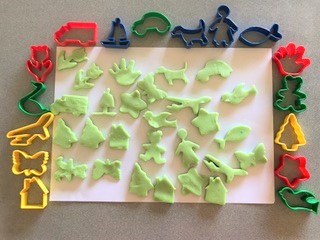
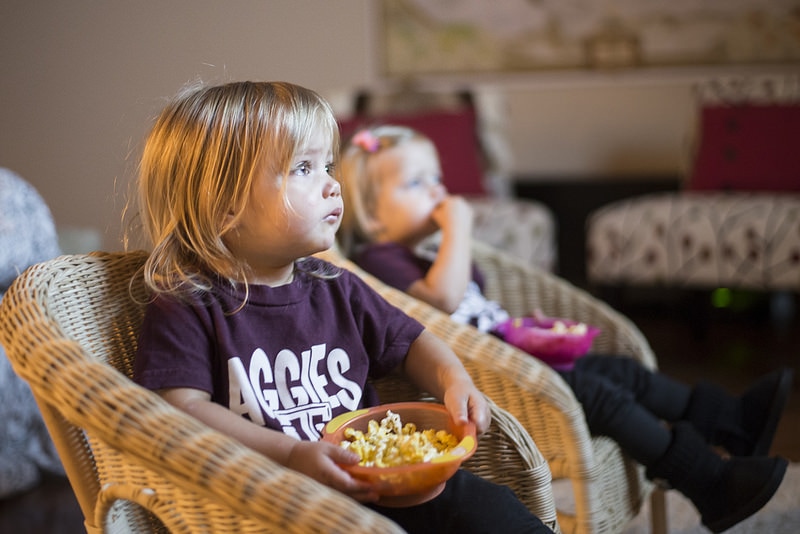
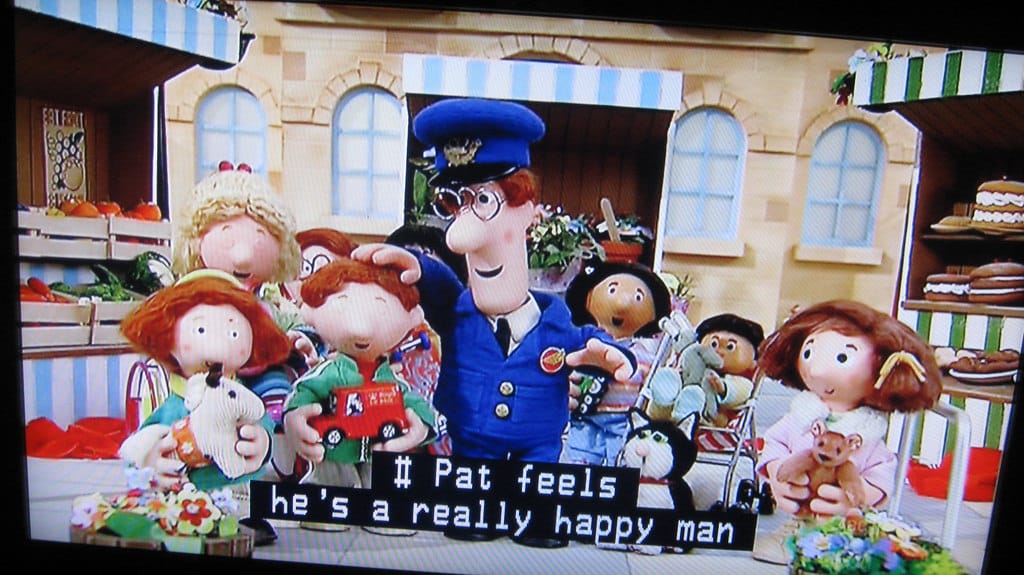
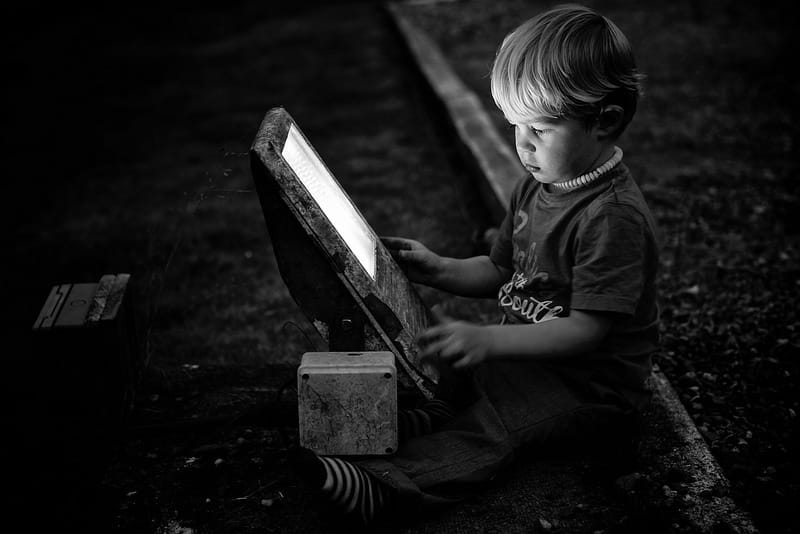
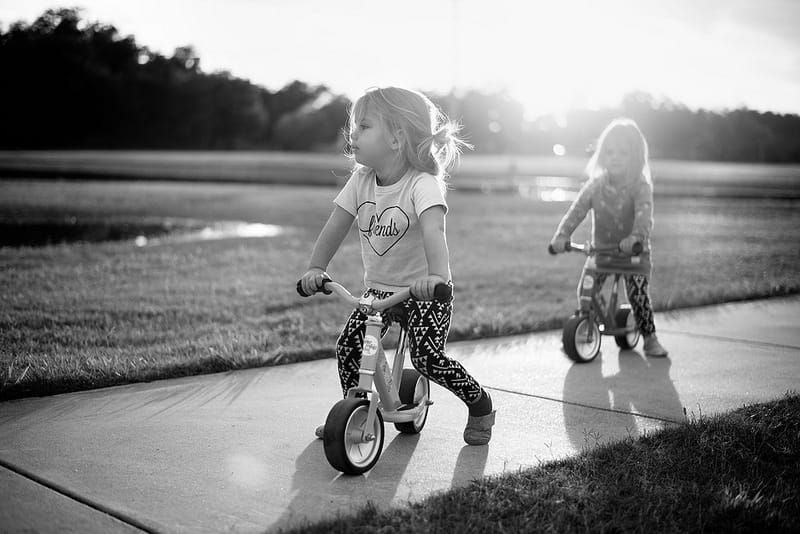
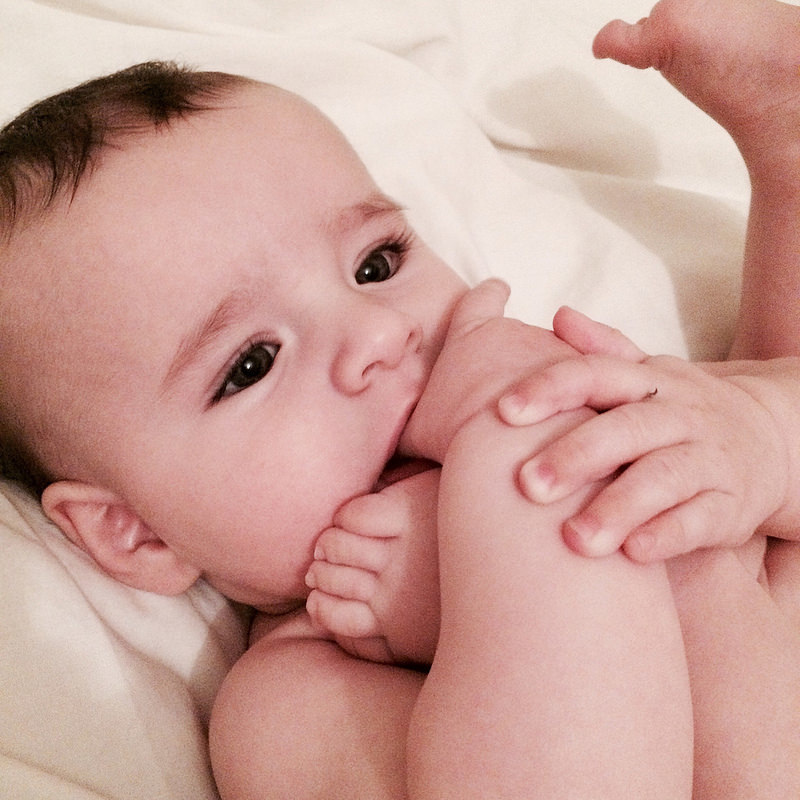
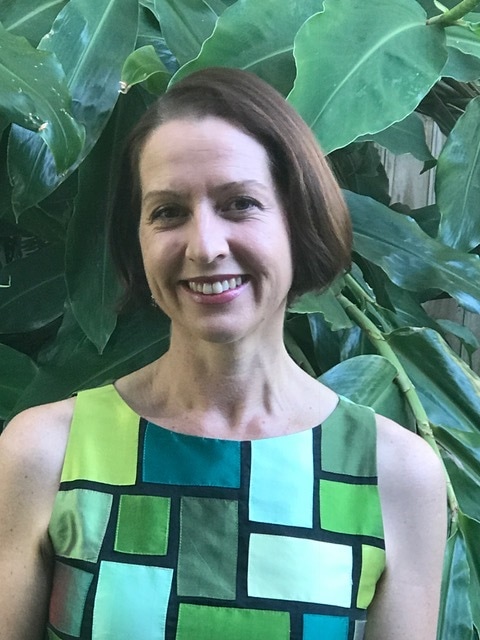
 RSS Feed
RSS Feed

